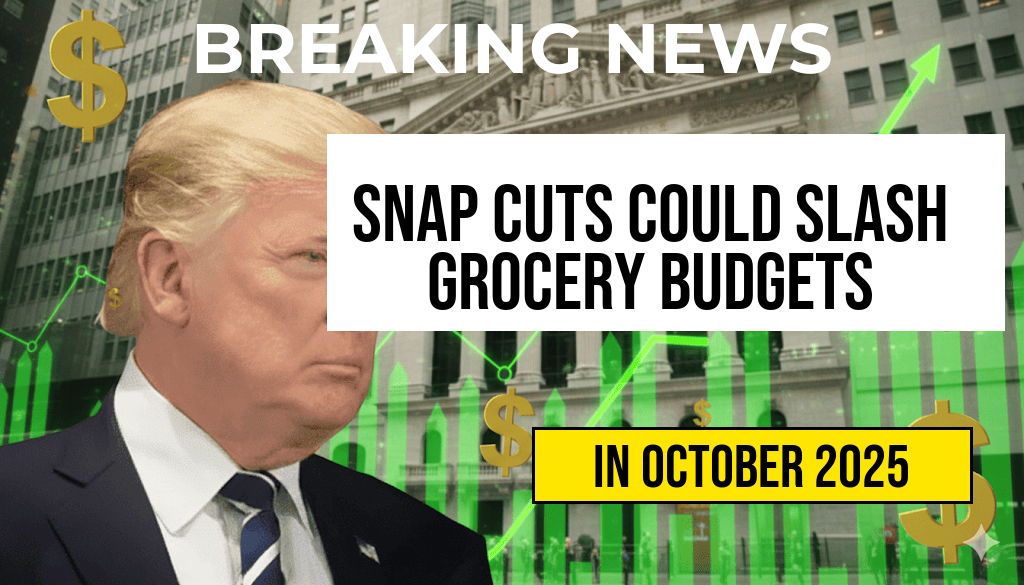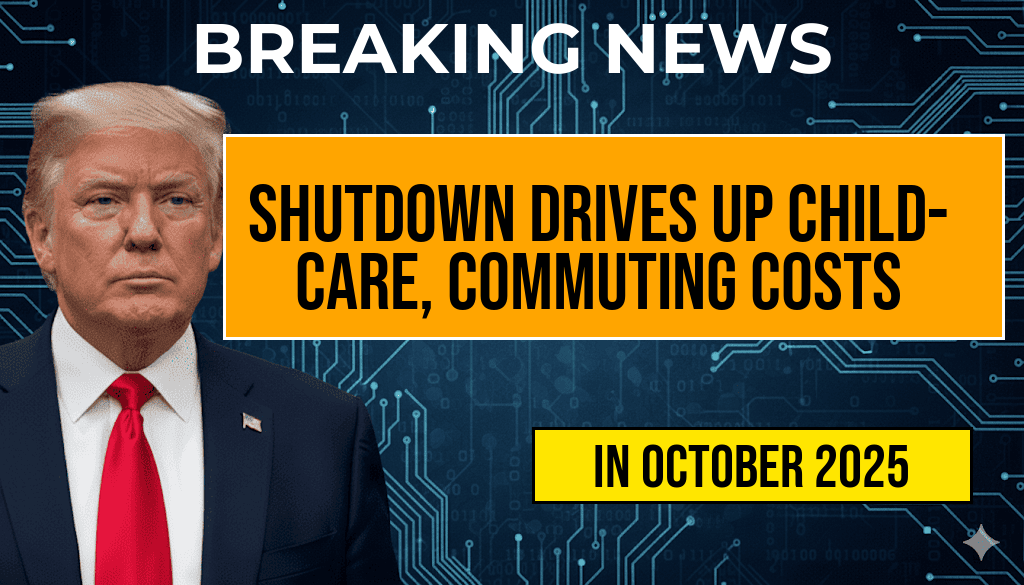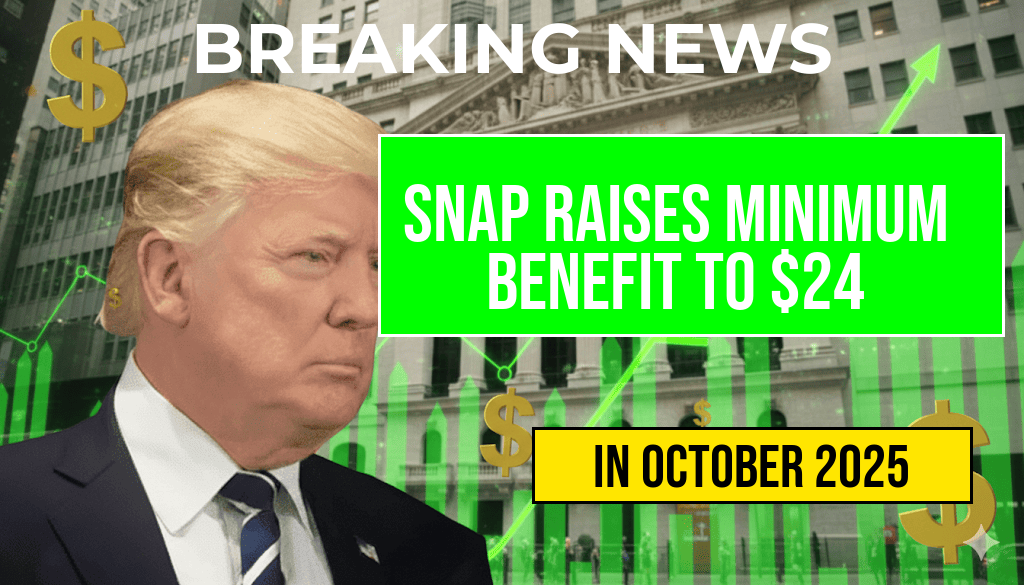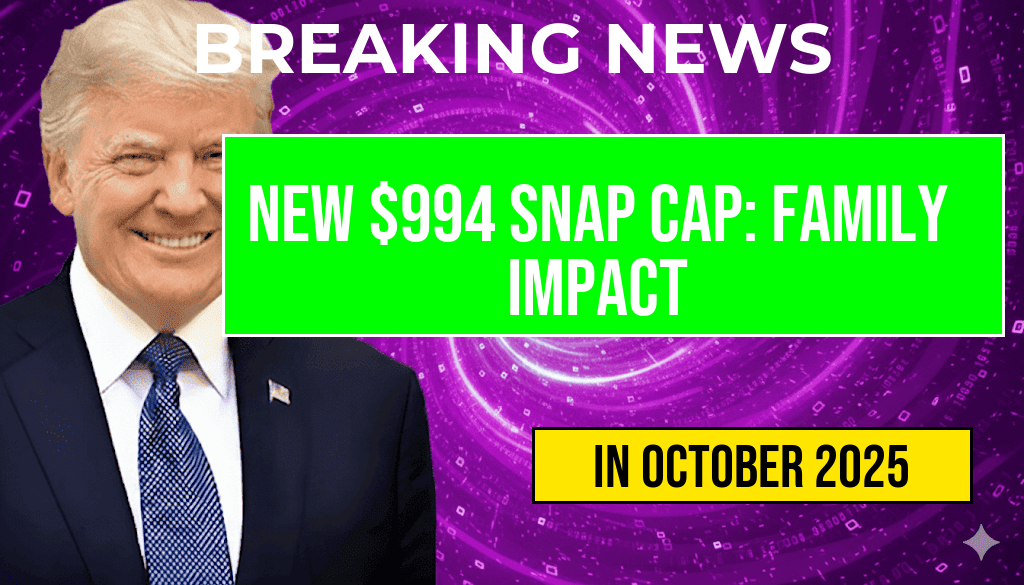The Supplemental Nutrition Assistance Program (SNAP) has announced an increase in the minimum monthly benefit amount to $24, a change that aims to provide additional support for low-income individuals and families across the United States. The adjustment, which is part of ongoing efforts to enhance food security during challenging economic times, is set to benefit thousands of eligible participants. As inflation and food prices continue to rise, this increase comes at a crucial moment for many Americans struggling to make ends meet. Understanding who qualifies for this additional support is essential for those looking to navigate the program effectively.
Understanding SNAP Benefits
SNAP provides nutrition assistance to millions of eligible low-income individuals and families. Benefits are determined based on household size, income, and certain expenses. The recent adjustment to the minimum benefit amount reflects a commitment to ensuring that even the most vulnerable populations can access adequate nutrition.
Who Qualifies for SNAP?
To be eligible for SNAP, applicants must meet several criteria, which typically include:
- Income Limits: Households must have a gross income at or below 130% of the federal poverty line. For a family of four, this equates to an annual income of approximately $36,000.
- Resource Limits: Households are allowed a maximum of $2,750 in countable resources, or $4,250 for households with an elderly or disabled member.
- Work Requirements: Most adults aged 18 to 49 must meet work requirements unless they are exempt due to certain circumstances, such as being pregnant or having a disability.
Changes to the Minimum Benefit
The increase in the minimum SNAP benefit to $24 per month marks a significant enhancement for those at the lower end of the income spectrum. Previously, some recipients received as little as $16 per month, which many advocates argued was insufficient to cover basic food needs. This change aligns with ongoing discussions about food security and the impact of economic pressures on low-income households.
How to Apply for SNAP
Individuals and families interested in applying for SNAP can follow these steps:
- Visit the Official SNAP Website: Go to USDA SNAP for information on eligibility and application procedures.
- Check Eligibility: Use the online pre-screening tool to determine if you meet the income and resource thresholds.
- Submit an Application: Applications can typically be submitted online, by mail, or in person at local SNAP offices.
- Provide Required Documentation: Be prepared to submit proof of income, expenses, and identity as required by your state.
Additional Resources for SNAP Recipients
SNAP recipients can access various resources to maximize their benefits and improve their overall nutritional health:
- Nutrition Education: Programs like SNAP-Ed offer resources on healthy eating and budgeting.
- Food Assistance Programs: Local food banks and community organizations often provide supplemental food assistance.
- Online Grocery Shopping: Many states allow SNAP benefits to be used for online grocery purchases, making shopping more accessible.
The Impact of Increased Benefits
The increase in the minimum SNAP benefit is expected to have a positive impact on food security for low-income households. With rising food costs, even a small increase can make a significant difference in a family’s ability to afford nutritious meals. Experts emphasize that such adjustments are crucial for reducing food insecurity and improving health outcomes among vulnerable populations.
Conclusion
As the SNAP program adapts to the changing economic landscape, the increase in the minimum benefit to $24 represents a step towards supporting those in need. Eligible individuals and families should take advantage of this change and explore the resources available to them. For more information, potential applicants can visit the National Agricultural Statistics Service and other reputable sources for guidance on navigating the SNAP application process.
Frequently Asked Questions
What is the new minimum benefit amount for SNAP?
The new minimum benefit amount for SNAP (Supplemental Nutrition Assistance Program) has been increased to $24, providing additional support for eligible individuals and families.
Who qualifies for the increased SNAP minimum benefit?
Individuals and families who meet the income and resource eligibility requirements set by their state are qualified for the increased SNAP minimum benefit of $24.
How does the SNAP minimum benefit increase affect low-income households?
The increase to a minimum benefit of $24 can significantly help low-income households by providing them with more resources to purchase necessary food items, improving their overall food security.
Is the $24 minimum benefit available to all SNAP recipients?
No, the $24 minimum benefit is specifically for those who qualify based on their state’s eligibility criteria. Not all SNAP recipients will receive this amount, as benefits are determined by individual circumstances.
When did the SNAP minimum benefit increase take effect?
The SNAP minimum benefit increase to $24 took effect recently, reflecting ongoing efforts to assist low-income individuals and families in accessing nutritious food.











